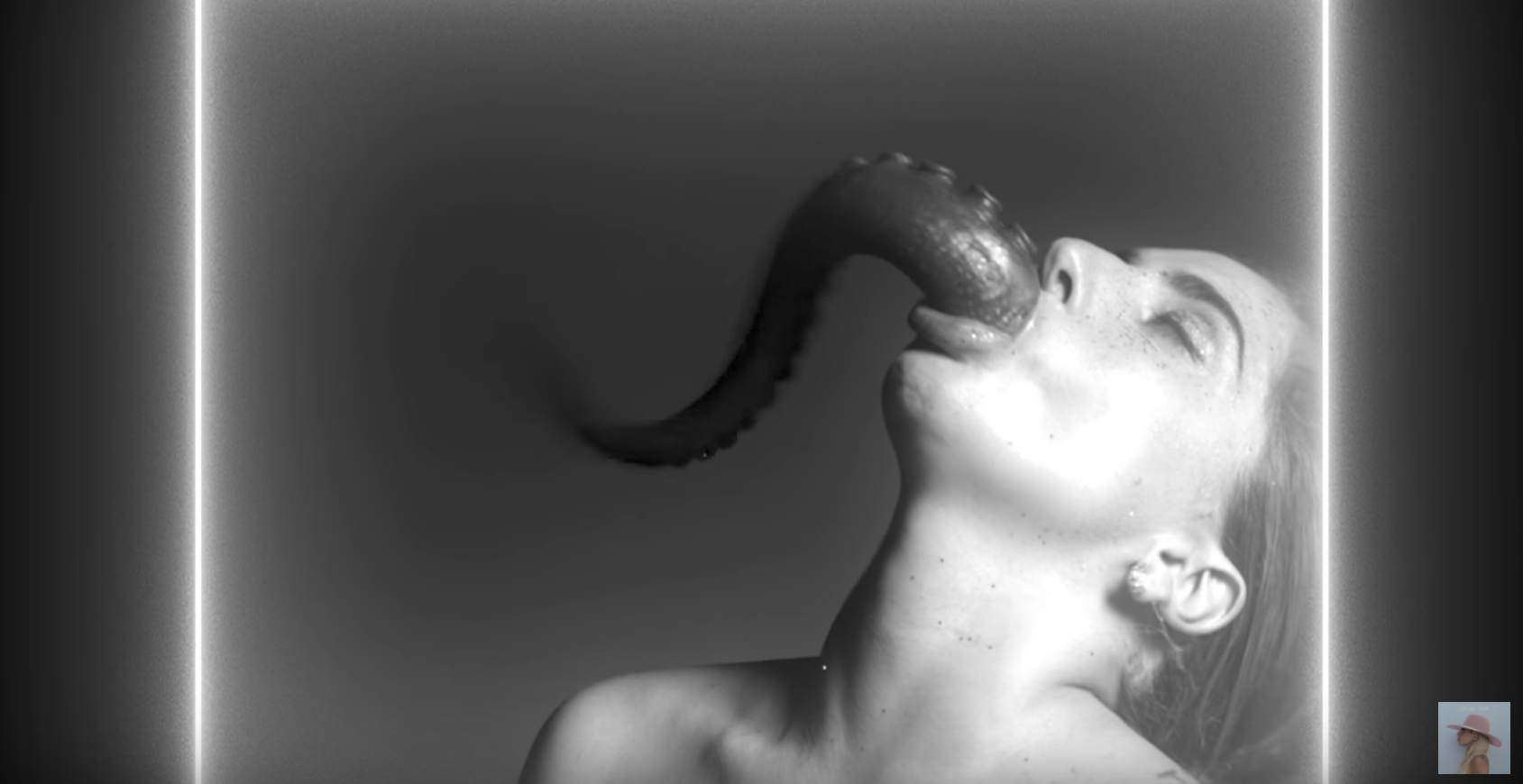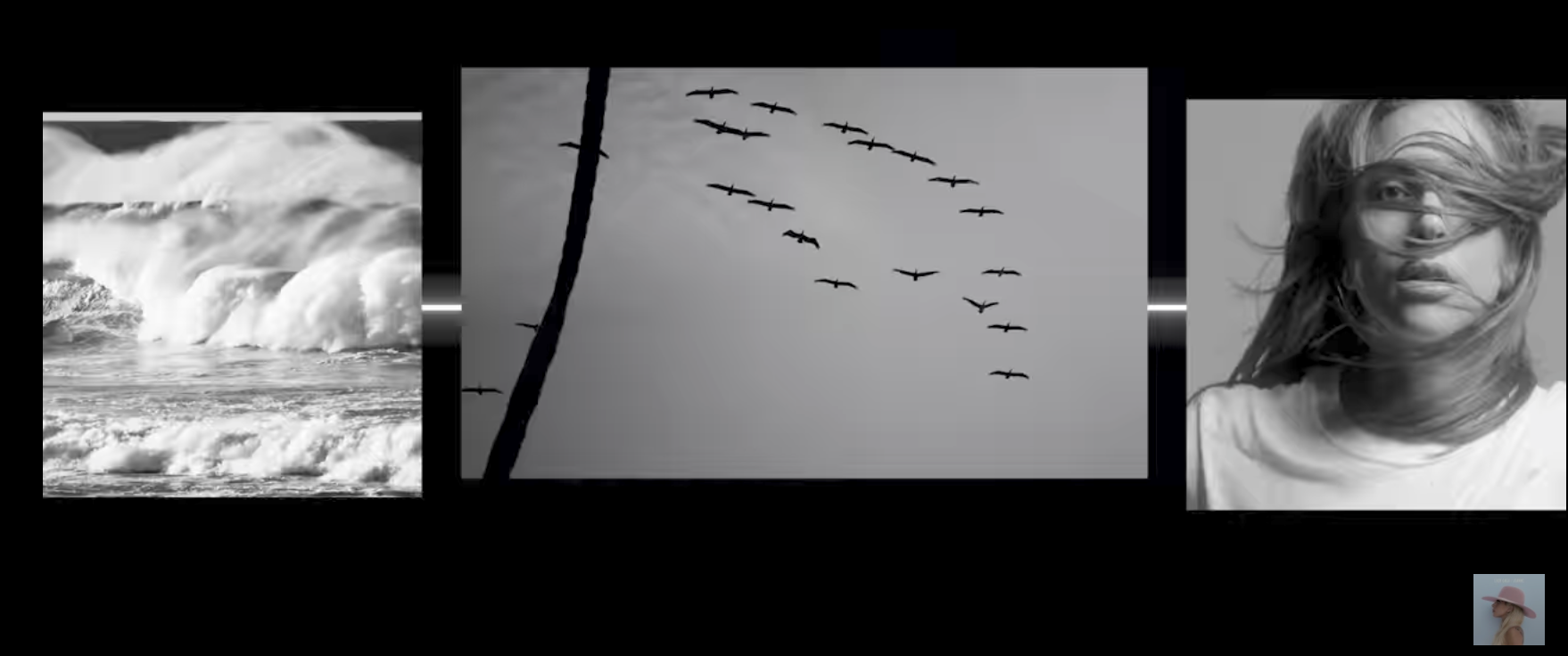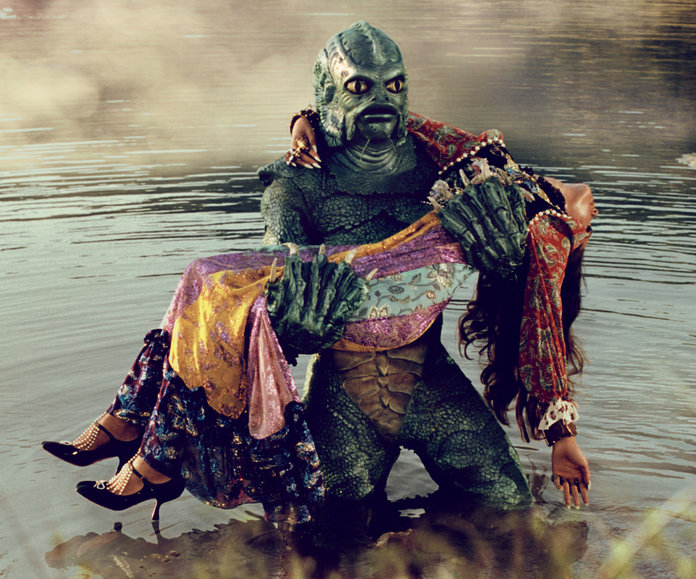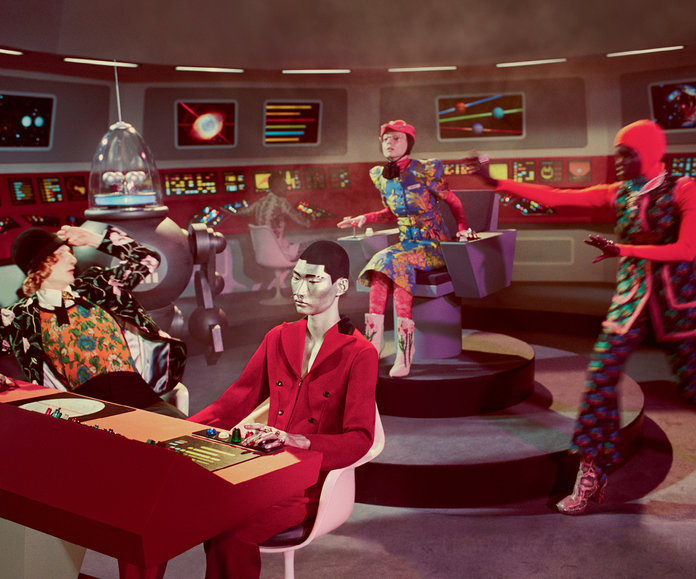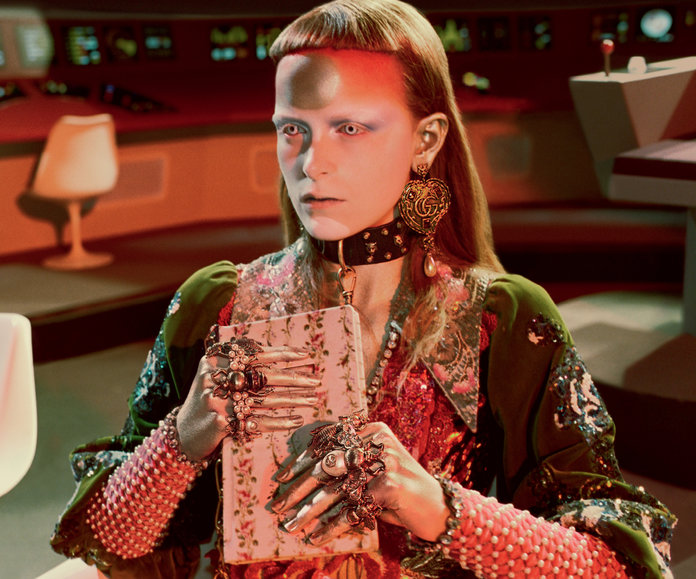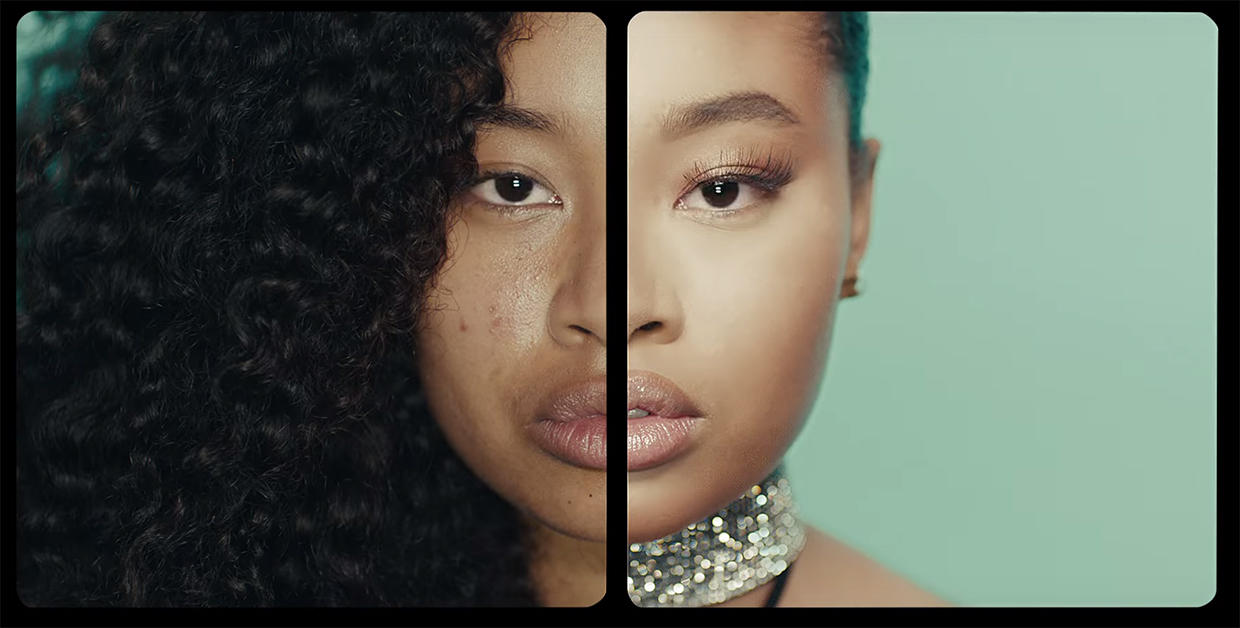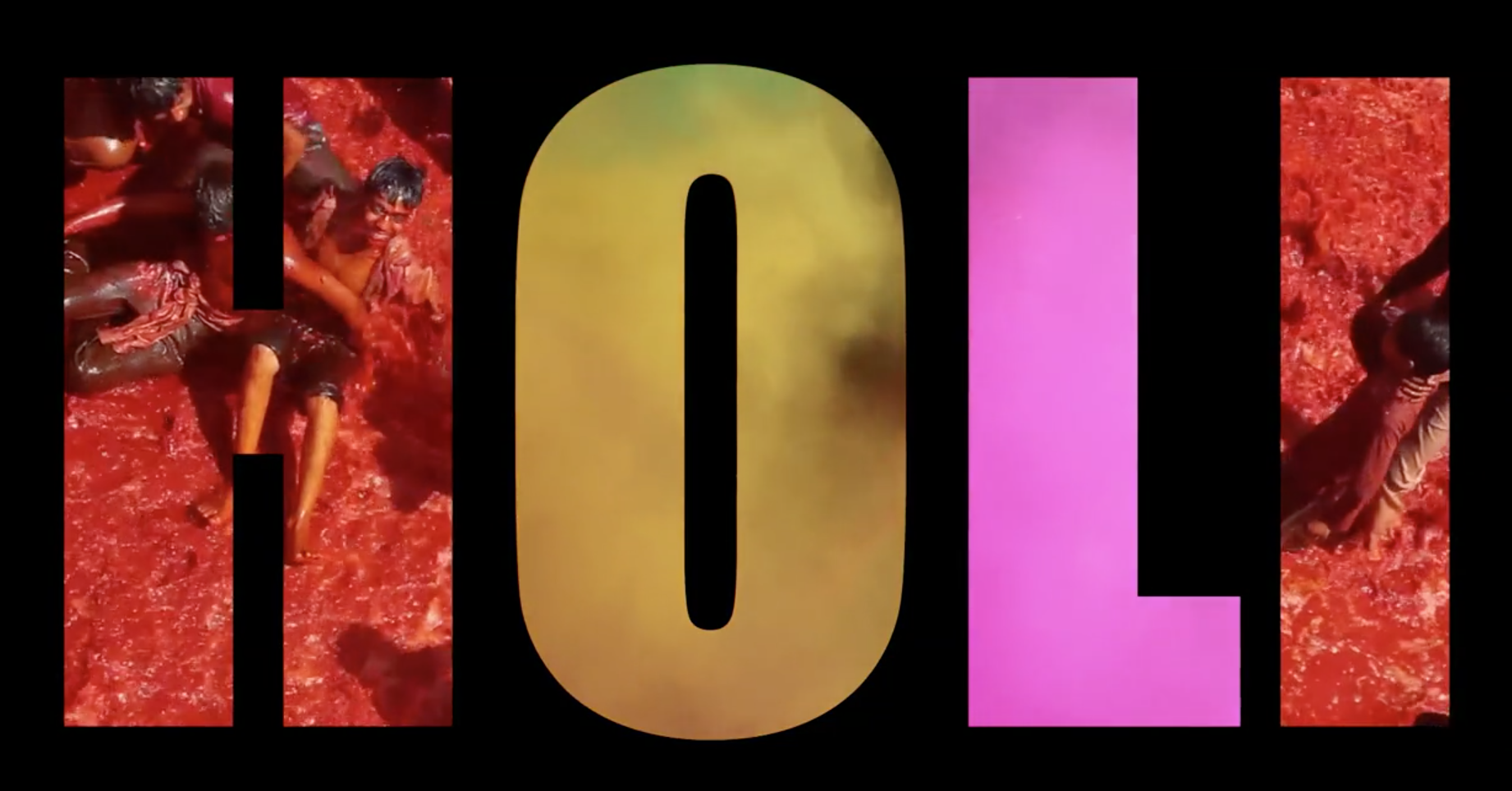The information below are extracted directly from ‘The Poetics of Space’ by Gaston Bachelard. Only relevant information will be written and it will be paraphrased and be included in my final report.
Book: The Poetics of Space
Author: Gaston Bachelard
Publisher: Beacon Press in 1969
Purpose of this book: This book explains the idea of experience in a space/phenomenology of architecture. The author relates a house of daydream and how daydreaming and imagination is an manifestation of a house in metaphorical terms. Bachelard analysed the structures of a house: stairs, corners, attics, wardrobes to meta ideas and how are we able to recapture and preserve memories of a place through dreaming. This book allows me to draw a connection of using a body to relate to an architecture and how that medium/body can serve as a vessel or as a metaphor for daydreaming.
The problem of the poetics of the house. The question abound: how can secret rooms, rooms that have disappeared, become abodes for an unforgettable past? Where and how does repose find especially conducive situations? How is it that, at times, a provisional refuge or an occasional shelter is endowed in our intimate day-dreaming with virtues that have no objective foundation? – Introduction
Transcending our memories of all the houses in which we have found shelter, above and beyond all the houses we have dreamed we lived in, can we isolate an intimate, concrete essence that would be justification of the uncommon value of all of our images of protected intimacy? This, then, is the main problem. – Page 1
In order to solve it, it is not enough to consider the house as an ‘object’ on which we can make our judgements and daydreams react. On the contrary , we must go beyond the problems of description in order to attain to the primary virtues, those that reveal an attachment that is native in some way to the primary function of inhabiting. – Page 4
We comfort ourselves by relieving memories of protection. Something closed must retain our memories, while leaving them their original value as images. Memories of the outside world will never have the same tonality as those home and, by recalling these memories, we add to our store of dreams. – Page 6
Thus, by approaching the house images with care not to break up the solidarity of memory and imagination, we may hope to make others feel all the psychological elasticity of an image that moves us at an unimaginable depth. – Page 6
The places in which we have experienced daydreaming reconstitute themselves in the new daydream, and it is because our memories of former dwelling-places are relieved as day-dreams that these dwelling-places of the past remain in us all time. – Page 6
Memories are motionless, and the more securely they are fixed in space, the sounder they are. – Page 9
A house constitutes a body of images that give mankind proofs or illusions of stability. – Page 17
The phenomenology of daydream can untangle the complex of memory and imagination. – Page 26
Why were we so quickly sated with the happiness of living in the old house? Why did we not prolong those fleeting hours? In that reality, something more than reality was lacking. We did not dream enough in that house. And since it must be recaptured by means of daydream, liaison is hard to establish. Our memories are encumbered with facts. – Page 57
A metaphor gives concrete substance to an impression that is difficult to express. Metaphor is related to a psychic being from which it differs. An image, on the contrary, product of absolute imagination, owes its entire being to the imagination. – Page 74
At times, the simpler the image, the vaster the dream. – Page 137
To begin with, the corner is a haven that ensures us one of the things we prize most highly – Immobility. Consciousness of being at peace in one’s corner produces a sense of immobility, and this, in turn, radiates immobility. – Page 137
Daydream undoubtedly feeds on all kinds of sights, but through a sort of natural inclination, it contemplates grandeur. And this contemplation produces an attitude that is so special, an inner state that is so unlike any other, that the daydream transports the dreamer outside the immediate world to a world that bears the mark of infinity. – Page 183






































































 Through time, the sand gets wiped and it changes.
Through time, the sand gets wiped and it changes. 












 Post minimalist period
Post minimalist period



 Shooting overhead, different kind of perspectives.
Shooting overhead, different kind of perspectives.

































































